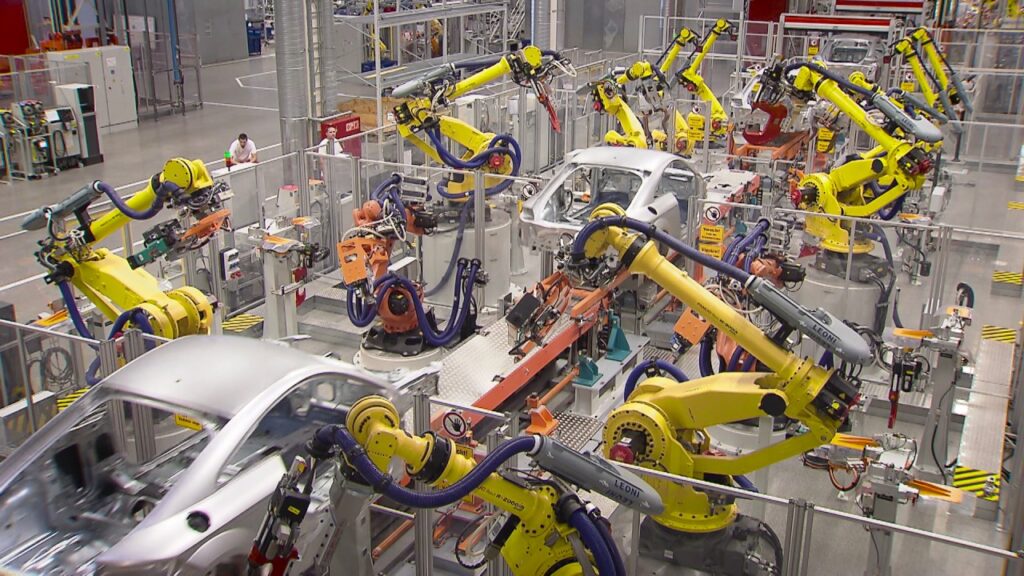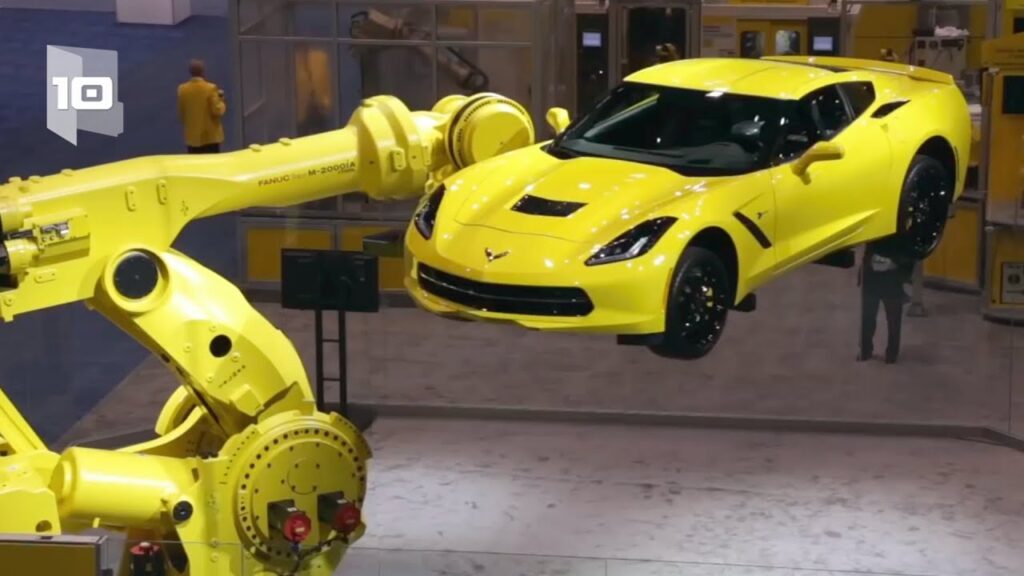Industrial robots have revolutionized the manufacturing industry by automating and streamlining various production processes. These versatile machines are used for an array of applications, offering flexibility and efficiency within manufacturing systems. In this article, we will explore the different types of industrial robots and the significant role they play in today’s manufacturing landscape.
Industrial robotics is a field that has experienced rapid advancements over the years, with robots becoming an integral part of various production lines. The use of industrial robots offers several advantages, including increased productivity, improved product quality, enhanced worker safety, and reduced costs. With their ability to perform repetitive and complex tasks with precision and speed, industrial robots have transformed the way products are manufactured.
There are several types of industrial robots, each designed to cater to specific manufacturing requirements. Let’s delve into some of the most common types:
1. Cartesian Robots: Also known as rectilinear robots, these robots operate in a three-axis linear motion system, allowing them to move along the X, Y, and Z axes. Cartesian robots excel at tasks that involve precise, linear movements, making them ideal for tasks such as pick and place, assembly, and packaging.
2. SCARA Robots: SCARA stands for Selective Compliance Assembly Robot Arm. These robots have a horizontal arm structure, allowing them to move in X, Y, and Z coordinates, as well as rotate around the vertical axis. SCARA robots are typically used in assembly and inspection processes, as well as operations that require a high degree of accuracy and speed.
3. Articulated Robots: The articulated robot design mimics the human arm, with multiple joints that provide a wide range of motion. These robots are commonly used for welding, painting, and material handling tasks. Articulated robots are known for their flexibility and ability to work in confined spaces, making them suitable for various manufacturing environments.
4. Delta Robots: Delta robots are characterized by a parallel arm structure consisting of three or more arms connected to a common base. These robots excel in high-speed applications that demand precision and dexterity, such as packaging, sorting, and assembly in the food and beverage industry.
5. Collaborative Robots: Also known as cobots, collaborative robots are designed to work alongside human workers without the need for safety barriers. These robots are equipped with advanced sensors and software algorithms that enable them to detect human presence and adapt their movements accordingly. Cobots are commonly used in tasks requiring close collaboration between humans and robots, such as pick and place, assembly, and quality control.
Industrial robots are continuously evolving, with advancements in artificial intelligence and machine learning paving the way for even more sophisticated and capable machines. The future of industrial robotics holds exciting possibilities, such as the integration of robots with Internet of Things (IoT) technology, enabling real-time data exchange and remote monitoring.
As the demand for automation continues to rise, industrial robots will play an increasingly pivotal role in manufacturing systems. From improving efficiency and productivity to ensuring product quality and worker safety, the benefits of industrial robots are undeniable.
In conclusion, industrial robots are indispensable components of modern manufacturing systems. With their ability to perform a wide range of tasks with precision and efficiency, these machines have transformed the way products are made. By understanding the different types of industrial robots and their applications, manufacturers can harness the power of automation to optimize their operations and stay ahead in today’s competitive market. The future of industrial robotics looks promising, with advancements in technology set to revolutionize the industry even further. So, embrace the era of automation and witness the remarkable impact of industrial robots in the world of manufacturing.
Industrial Robot
“Exploring the World of Industrial Robotics: Discovering the Different Types of Robots Revolutionizing the Industry”


